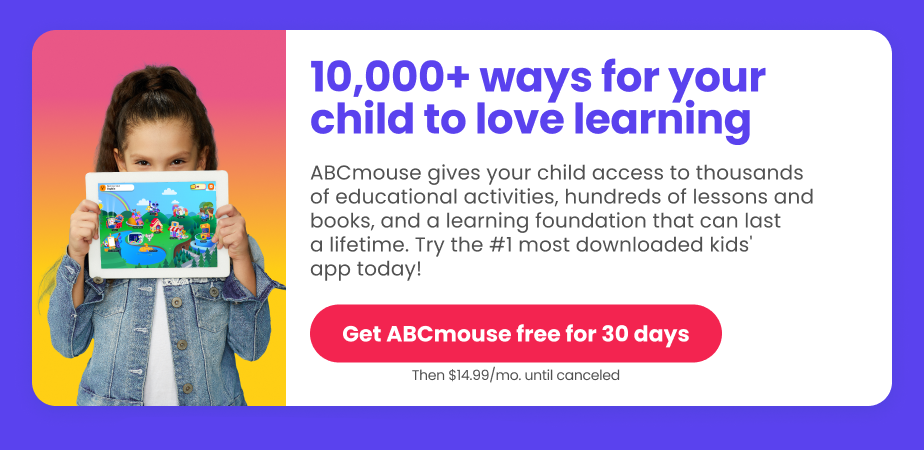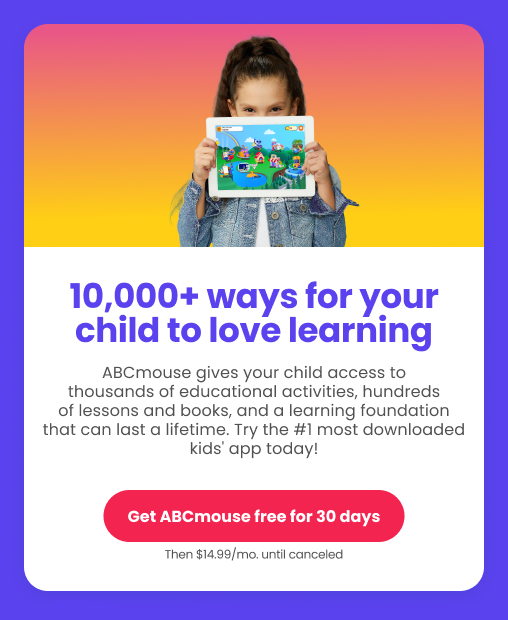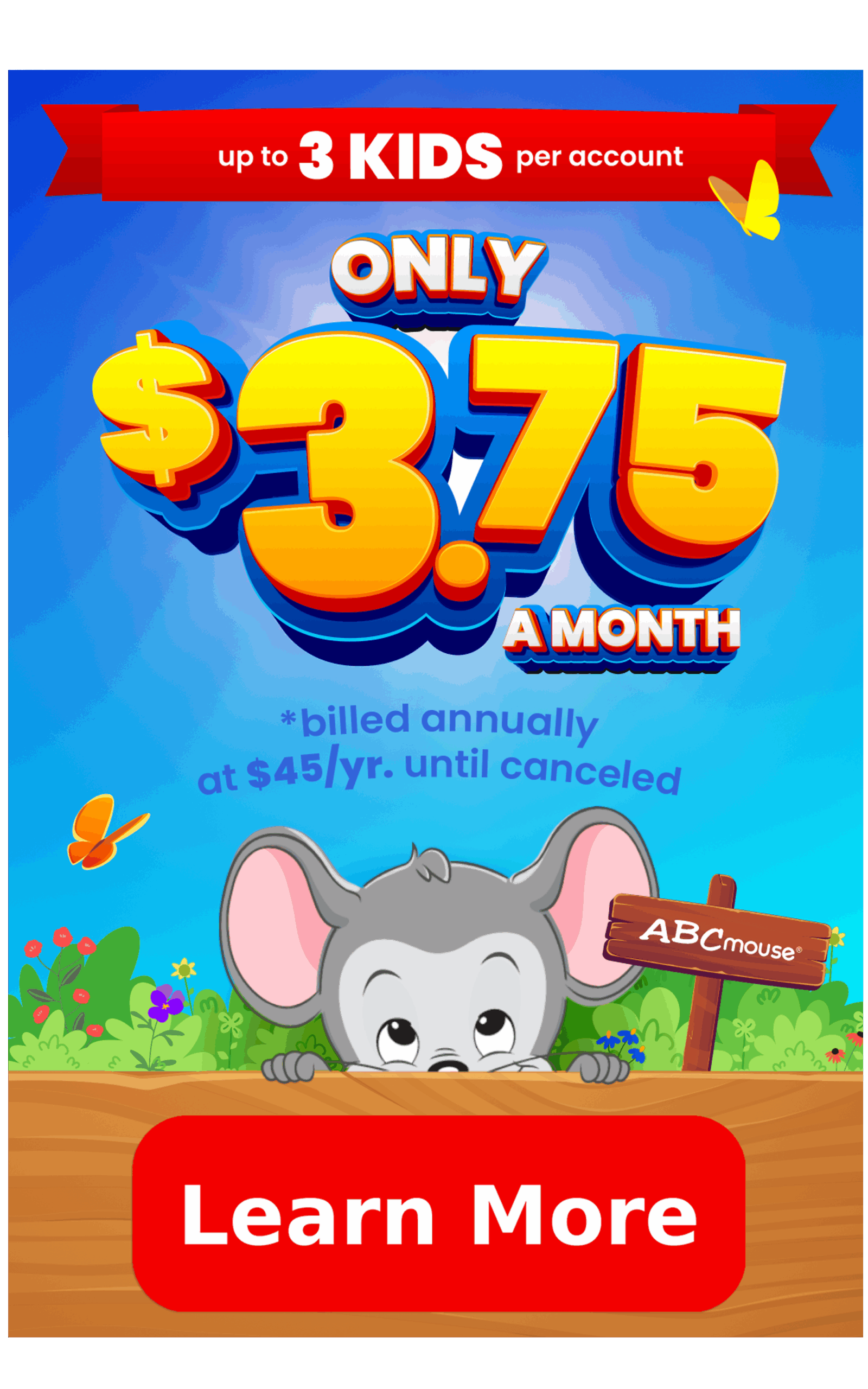
What Is Tactile Learning? 7 Tips for Hands-On Education
Learn about this approach to learning and how you can bring it to your home or classroom.

Tactile learning:
Involves learning through touch, hands-on activities, and movement.
Tactile learning is a valuable approach to education that allows children to actively engage with the material they’re learning, complementing auditory, visual, and reading/writing methods.
Incorporating tactile learning into everyday activities provides kids with an additional way to connect with new ideas, making learning experiences more interactive and dynamic. Here are a few key elements of tactile learning and tips for integrating it into your daily schedule, whether you’re at home or in a classroom.
Tip: ABCmouse offers a variety of learning pathways, providing children with engaging, supplemental activities that complement their educational journey and reinforce key skills.
What is Tactile Learning?
In tactile learning, sometimes known as kinesthetic learning, students learn through hands-on, physical activities.
Tactile learning is often described as a multi-sensory learning because a child first hears or sees new material and then furthers their comprehension by exploring the material with their hands and through movement. Because it uses the sense of touch, tactile learning is thought to be more engaging and more likely to help children retain information.
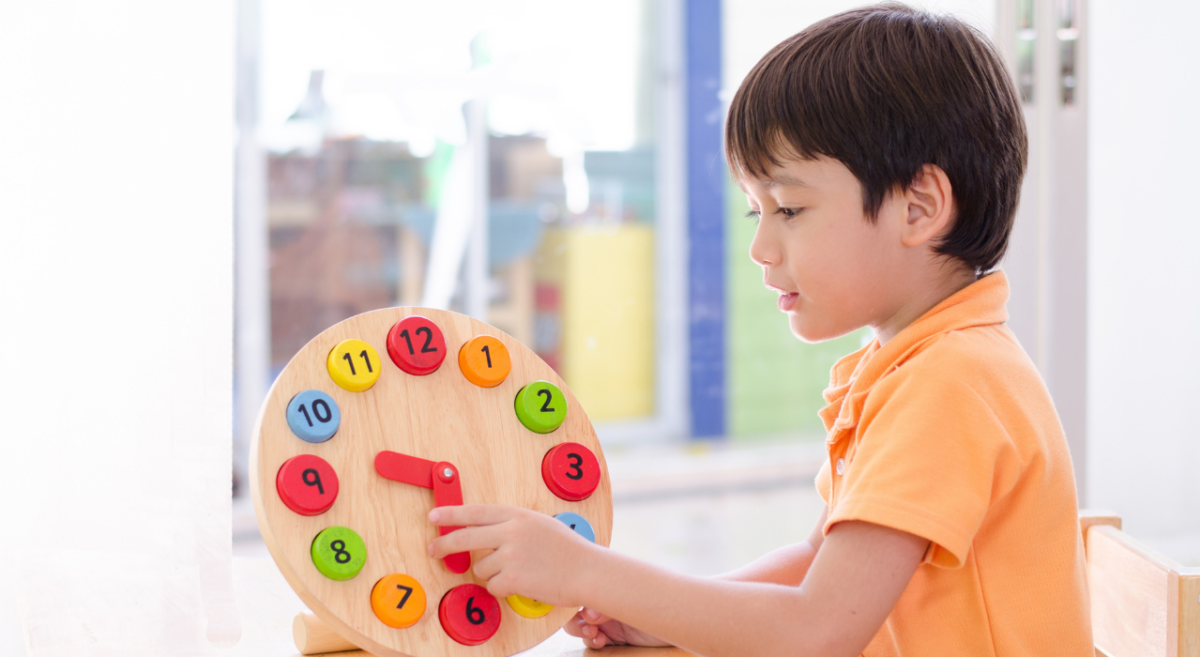
Tactile learning is also helpful for developing problem-solving strategies, as students are encouraged to think creatively when they encounter challenges with hands-on activities and rely on their own instincts to find solutions.
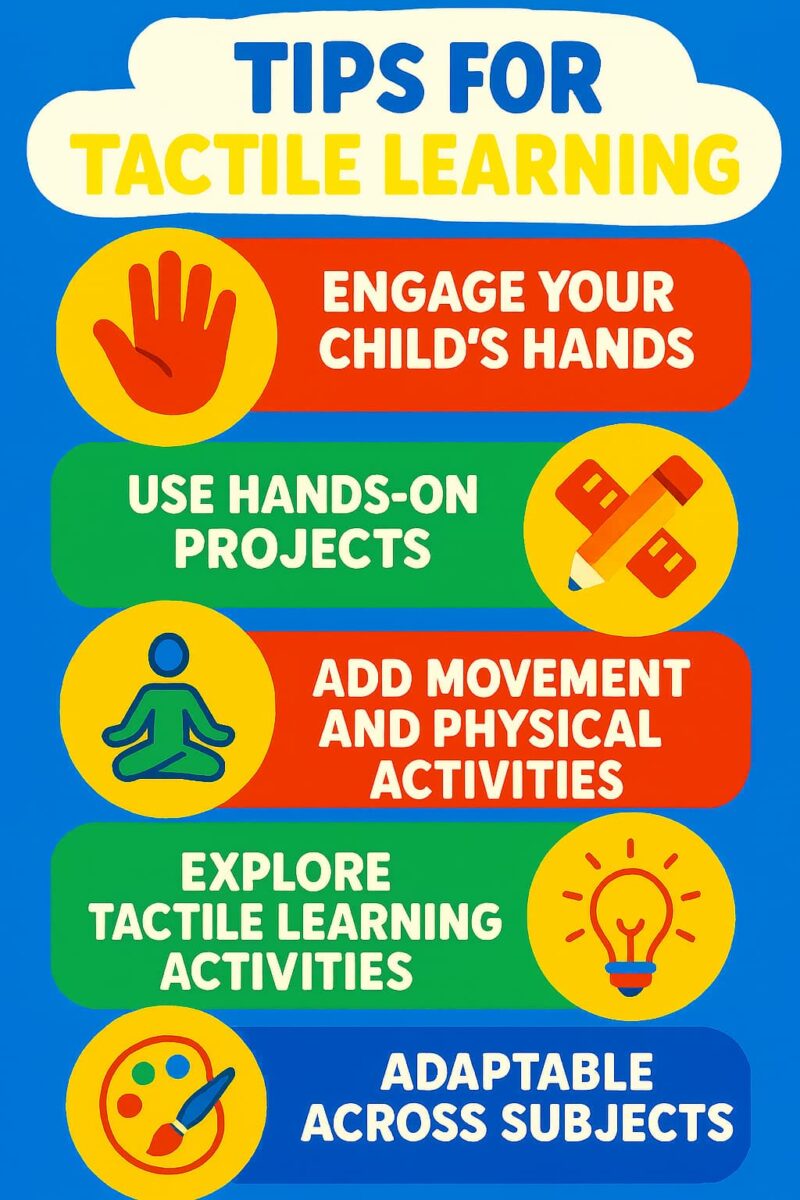
Tactile learning typically introduces new concepts with activities and exploring or creating things by hand, which means manipulatives and hands-on projects are a major part of this learning approach. Tactile learning is active learning, meaning children engage with a lesson with their whole body. They’re encouraged to move and interact with their surroundings and their learning materials.
Add Tactile Learning to Everyday Activities
Tactile learning typically introduces new concepts with activities and exploring or creating things by hand, which means manipulatives and hands-on projects are a major part of this learning approach.
Tactile learning is active learning, meaning children engage with a lesson with their whole body. They’re encouraged to move and interact with their surroundings and their learning materials.
Engage Your Child’s Hands
Look for ways to involve your child’s hands and their sense of touch in learning. You can do this in large and small ways. For example, when explaining new topics, encourage your child to take notes or highlight text as you read through material together. During read-aloud stories, invite your child to draw out what they’re hearing, build with clay, string beads, or knit.

You can also use manipulatives, which are concrete objects that allow students to explore an idea with their hands. Manipulatives can include any object from your home, such as blocks or beads, marbles, fabric scraps, or cotton balls. Manipulatives are often used to teach addition or subtraction and other math concepts.
Use Hands-on Projects
Hands-on projects and activities are an important part of tactile learning as it allows children to explore concepts themselves. Try including learning that involve making or doing things by hand, such as build-it-yourself kits, science experiments, gathering and sorting objects, art projects, and playing with board games.

Add Movement and Physical Activity
Tactile learning is tied to kinesthetic learning, which involves learning through movement. Add movement into learning by providing yoga or stretching breaks, exploring a topic through an activity, and or even just moving to a new learning environment. You can also bring learning into daily walks and outdoor exploration or by enjoying field trips.

Examples of Tactile Learning Activities
- If you’re learning about rocks, try going outside to look for different kinds. Have your child feel the rocks and notice how they look and feel different. Talk about why some are smooth and some are rough, or why they have different colors.
- Making a diorama is another fun way to learn with your hands. You can build a little world that shows where animals live, famous places, or even a scene from your child’s favorite story. It’s a great way to make learning exciting and hands-on!
- When learning about fractions, cut paper into halves, quarters, and eighths. You can even do some baking and talk about how fractions are used when measuring ingredients.

- When learning letter shapes and sounds, let your child make the letters with finger paint, or use sand or dirt to shape the letters with their hands.
- Look for picture books that have different textures in the illustrations so your child can feel as they read.
- Try using writing tools that feel different, like smooth gel pens, dusty chalk, freshly-sharpened pencils, or felt-tip markers, to make writing more fun and exciting!
Benefits of Tactile Learning
Tactile learning offers a wide range of advantages that support a child’s educational journey by engaging their senses and encouraging active participation. Here are some of the key benefits:
✅ Adaptable Across Subjects
Tactile learning is versatile and can be applied to a variety of subjects, including math, science, art, and language arts, making it an effective teaching method for diverse educational needs.
✅ Enhanced Memory Retention
Hands-on activities help create stronger neural pathways in the brain, making it easier for children to recall information. This active engagement helps kids retain lessons.
✅ Deeper Understanding of Concepts
By involving multiple senses—such as touch, sight, and movement—tactile learning enables children to develop a deeper understanding of new ideas.
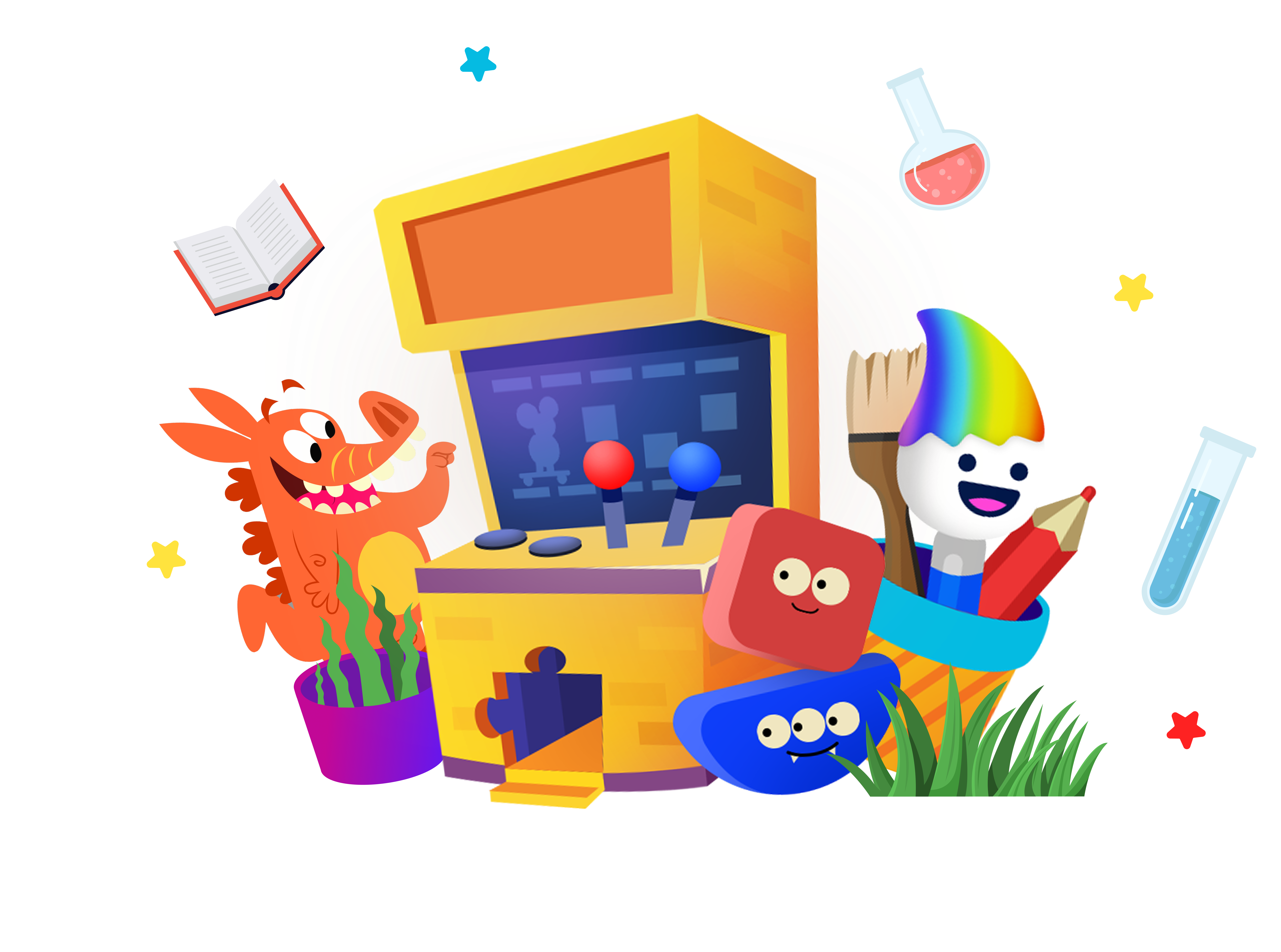
✅ Increased Motivation and Engagement
Children are often more motivated and actively involved in their education when they learn through tactile methods. The interactive nature of these activities keeps them excited and engaged in exploring new topics.
✅ Improved Cognitive Development
Tactile learning fosters critical cognitive skills such as exploration, logical reasoning, problem-solving, and hypothetical thinking. These abilities play an important role in a child’s intellectual growth and academic success.
✅ Boosts Creativity
Hands-on projects encourage children to think outside the box and explore creative solutions, nurturing innovation and imagination.
✅ Supports Collaboration
Many tactile activities, such as group projects or experiments, promote teamwork and communication skills, helping children learn to work effectively with others.
How ABCmouse Can Support Tactile Learning
ABCmouse presents information in a variety of ways, offering multiple opportunities for children to engage and connect with the material. The tactile aspect of learning is encouraged through our offline, hands-on activities that can be integrated into your child’s learning routine, such as our free printables and extensive lists of educational activities and crafts.
Online Learning Tools
ABCmouse covers a wide range of subjects, including science, social studies, reading, math, art, and music. ABCmouse provides interactive games, puzzles, and printables, which can complement these hands-on activities, making learning more engaging.
Check Out ABCmouse ➜
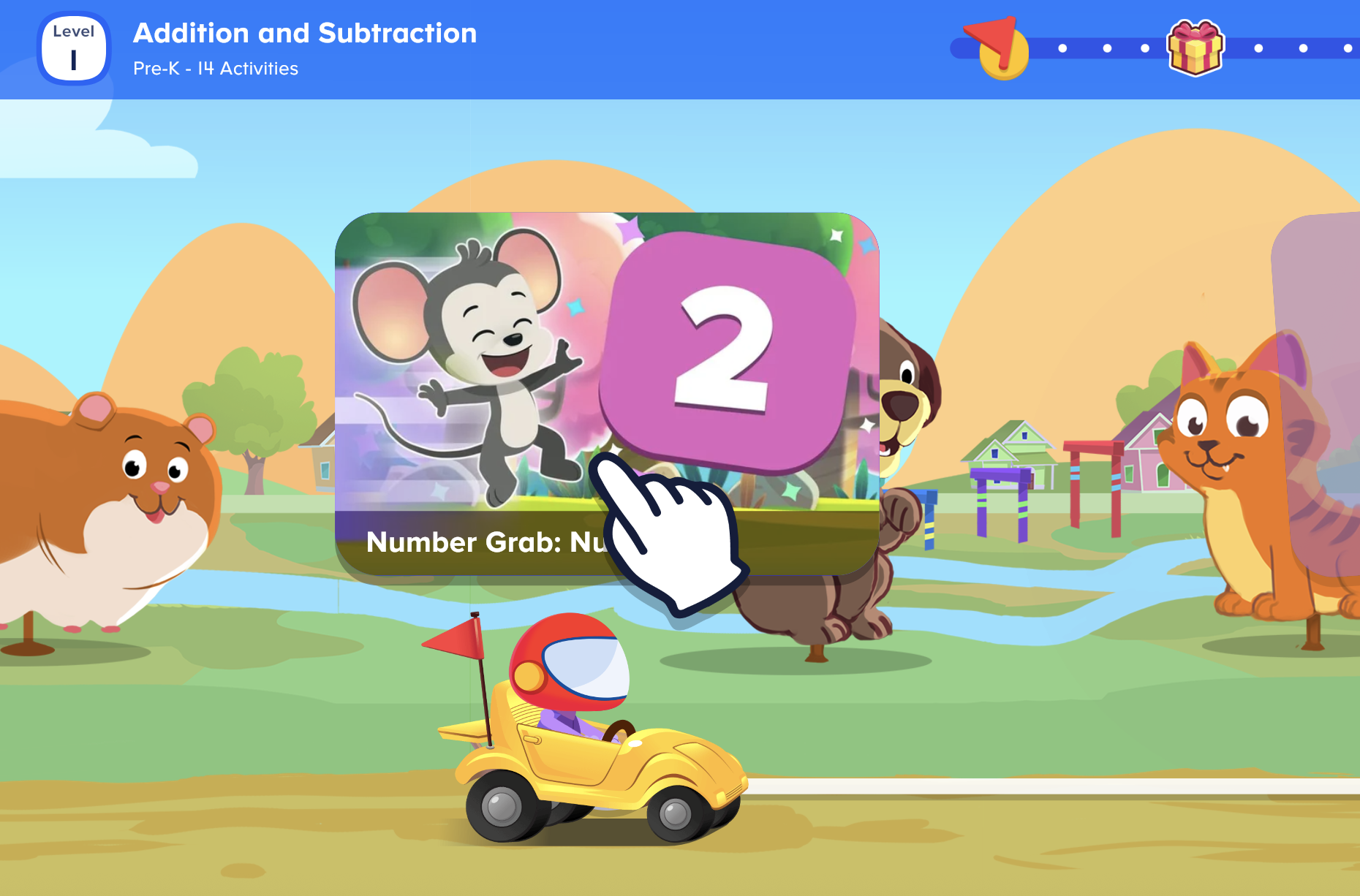
Support Your Homeschool with ABCmouse and Adventure Academy
Our digital learning programs are designed by curriculum experts to assist your homeschool and children ages 2 through 13. ABCmouse is a comprehensive online educational platform for children ages 2-8, while Adventure Academy focuses on children ages 8-13. Both programs provide access to lessons on reading, language arts, math, sciences, social studies, and more. Learn more about how each program can enhance your homeschool below.
ABCmouse and Homeschooling
ABCmouse offers over 10,000 learning activities and more than 850 lessons for children, plus a large digital library of books and educational puzzles, songs, activities, and worksheets. The program encourages self-paced learning with motivating rewards and includes progress tracking, which allows home educators to monitor time spent on certain subjects and the number of activities completed.
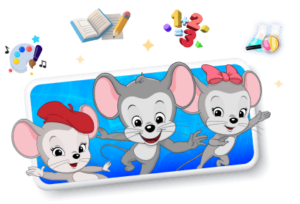
Then just $14.99/mo. until canceled
As a paid add-on to regular subscriptions, home educators can access the Assessment Center, which allows parents and caregivers to test children on their knowledge, determine successes and struggles, and receive recommended lessons based on assessments.
ABCmouse provides a robust curriculum that can supplement other early learning lessons. It’s trusted resource that’s been downloaded over 10 million times and has a 4.5-star average out of 831.4K ratings.
Adventure Academy and Homeschooling
Adventure Academy combines an interactive world with a curriculum covering reading, language arts, math, science, and social studies. With quests, games, and educational videos and activities, learning becomes an epic journey that motivates kids to explore various topics.
For homeschooling families, Adventure Academy offers an engaging, flexible learning experience that can supplement other educational materials. The program features thousands of activities created by curriculum experts and covers all major academic domains.
Parents and caregivers can choose academic difficulty levels and track each child’s progress, seeing time spent in Adventure Academy, activities completed, and subjects studied.
Adventure Academy emphasizes key topics such as reading comprehension, vocabulary development, mathematical operations, fractions, world geography, American history, physical science, life science, earth science, and scientific inquiry.
For more information, visit AdventureAcademy.com.
Frequently Asked Questions (FAQ) About Tactile Learning
How do I know if my child is a tactile learner?
Tactile learners often prefer hands-on activities and may struggle with traditional lecture-based or purely visual learning. Signs include enjoying building or crafting, fidgeting during lessons, or learning better through physical interaction with materials.
What is the difference between kinesthetic learning and tactile learning?
While both kinesthetic and tactile learning involve hands-on activities, they differ in focus. Tactile learning emphasizes learning through touch and manipulating objects, such as using blocks or clay. Kinesthetic learning, on the other hand, involves full-body movement and learning through physical activities, like dancing, running, or acting out concepts. Both approaches engage the body but in slightly different ways.
Can tactile learning help children with special needs?
Yes, tactile learning is thought to be beneficial for children with special needs. It provides an engaging, multi-sensory approach that can help improve focus, comprehension, and retention.
What materials do I need for tactile learning at home?
You don’t need expensive tools! Everyday items like blocks, beads, clay, sand, paper, and even kitchen utensils can be used for tactile learning. Many tactile activities can also be done with free printables or DIY projects.
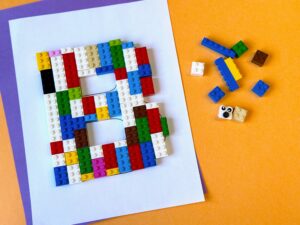
How much time should I dedicate to tactile learning each day?
This depends on your child’s age. For younger children, 20-30 minutes of hands-on activities per subject can be effective. Older children may benefit from incorporating tactile learning into specific lessons or projects a few times a week.
Are there any downsides to tactile learning?
Tactile learning can sometimes be messy or require more preparation compared to traditional methods. Additionally, it may not suit every child or subject equally, so it’s important to balance tactile activities with other learning styles.
How can I make tactile learning more engaging for older kids?
For older children, focus on more complex hands-on activities like science experiments, model building, or interactive group projects. Incorporating real-world applications, such as cooking to teach fractions or building circuits for science, can make tactile learning more age-appropriate and exciting.
Can tactile learning be incorporated into online education?
Yes! Many online platforms, like ABCmouse, offer offline activities such as printables and crafts that complement digital lessons. You can also pair online learning with hands-on projects to reinforce concepts taught in virtual classrooms.
More from ABCmouse:
-
How Effective Are Learning Apps for Kids? What the Research Says
Discover what research reveals about educational apps for kids and how to choose ones that support early learning, engagement, and skill growth.
-
Education App Statistics Every Parent Should Know
Explore 2025 stats on kids’ education apps, screen time habits, and what parents need to know about choosing high-quality learning tools.
-
Screen Time and Education Apps: Finding a Balance
Help your child benefit from screen time with tips on choosing quality educational apps, setting limits, and co-viewing together.
-
How to Choose the Best Educational App for Your Child
Find the best educational app for your child with tips on safety, content, age fit, and features that support learning for kids ages 2 to 8.
-
What Is Parallel Play
Discover how parallel play supports early social development with easy activity ideas for toddlers and preschoolers to play side by side.
-
What Is Sensory Play? Benefits, Ideas, and Activities for Learning
Discover how sensory play supports learning, motor skills, and emotional growth through fun, hands-on activities for kids.


